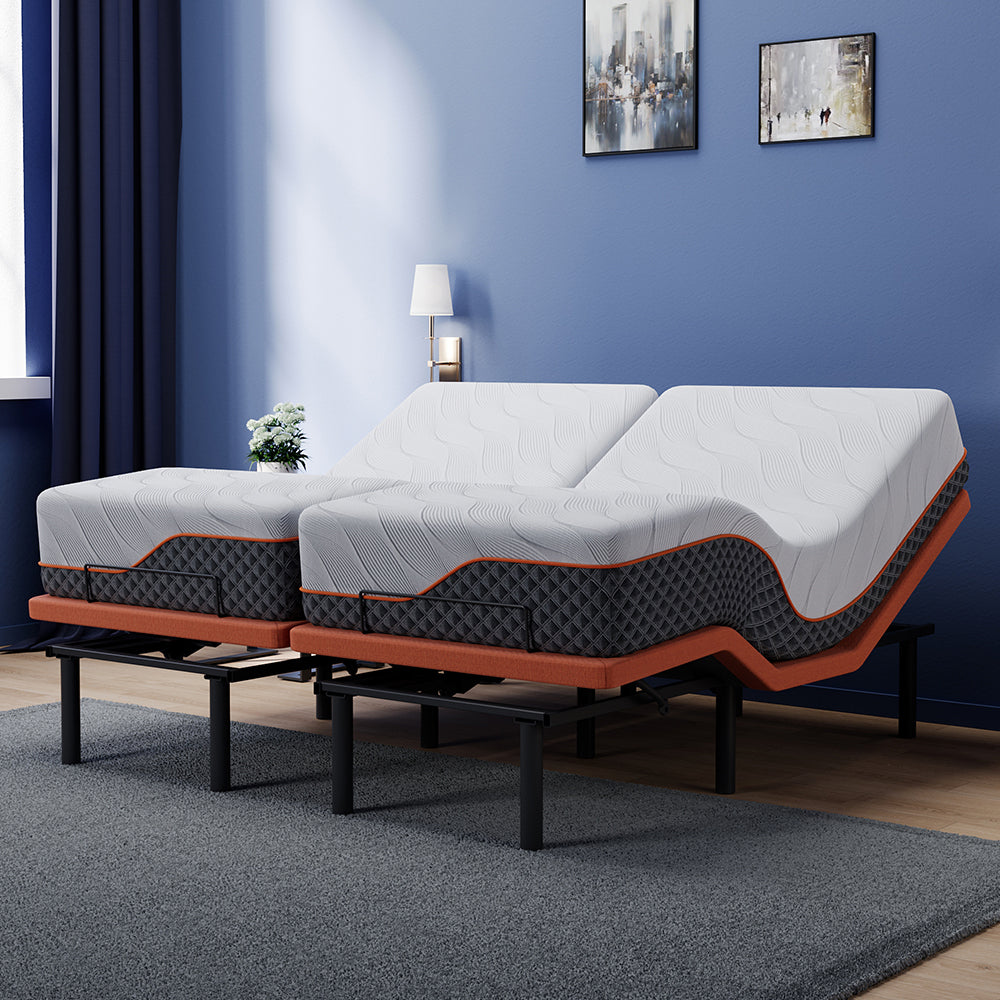To enhance your sleep and hygiene situation, it is imperative that you clean your mattress protector often. Cleaning mostly eliminates dust buildup, allergens, and stains offered by dust mites to make your mattress safe for use.
How to clean a mattress protector is something that you might think could use a guide and there are signs that it needs to be cleaned, check out the following; E very day cleaning is useful in washing off the debris, the allergens together with the dust mite as well as any spillage that hampers an easy access to the mattress.
Here’s a step-by-step guide on how to wash a mattress protector:
1. Check the Care Label
Read Instructions: It is always advisable to refer to a mattress protector’s label to understand the correct procedures as to how to wash it. We also note that some materials may be more sensitive to use than others, and thus may necessitate different care practices.
2. Pre-Treat Stains
Spot Cleaning: If there are any visible spots or renders, clean them with the help of a mild liquid soap or with the use of the stain remover. Massage the cleaner into the area and wait for a few minutes and then use a clean material to dab gently on the area.
3. Machine Washing
Choose the Right Setting: This means that you should avoid using very powerful soap, large quantities or a very hot water on your washing machine.
Use Cold or Warm Water: Do not use hot water because it might worsen the condition of the waterproof layer or elastic material.
Mild Detergent: In choosing the appropriate cleaner, stick to a mild one without bleaching properties that may erode the protector’s material.
4. Adult advice to avoid fabric softeners and bleach
No Softeners or Bleach: Chemicals used in fabric softeners can settle on the protector surface and drastically reduce the porosity, absorbency decreasing the overall effectiveness of the protector. It means that bleach can alter the properties of the materials and degrade their functionality to some extent.
5. Drying
Air Dry: Another crucial factor that should be considered when drying a mattress protector is the drying method, the most suitable method of drying this product is air drying. Put it with its back on the ground or apply a clothesline.
Low Heat Setting: As for your clothes, you should take them to a dryer and set the temperature to a low heat or air dry. Strong heat decreases the waterproof backing and elastic parts’ durability.
6. Ironing
Avoid Ironing: Avoid machine washing or ironing of the mattress protector as the heat can cause the material to affect the waterproofing.
7. Regular Maintenance
Frequency: Generally, ensure that you wash your mattress protector for once every two months or a shorter duration if there are stains.
Vacuum Between Washes: Vacuuming regularly helps clean the protector from dust and residue as it is not suitable for washing the protector.
Different Types of Mattress Protectorous: Nights Care
1. Waterproof Mattress Protectors
Special Care: Make sure to follow washing directions because the waterproof layer may deteriorate if exposed to heat sources and aggressive cleaning products.
2. Memory Foam Mattress Protectors
Gentle Handling: These protectors can also be even more delicate. Wash the clothes with the delicate cycle and do not twist or wring these clothes.
3. Cotton Mattress Protectors
Durability: Generic cotton protectors can be often washed in more forceful ways however the high heat dryer is adverse to their shrinkage.
4. Allergy Mattress Protectors
Frequent Washing: That is, if an allergy mattress protector is used on your mattress you may find yourself washing it more frequently than any other just to reduce on allergens.
Cleaning your mattress protector regularly is important in that it meager a healthy sleeping atmosphere as well as improves the longevity of the mattress. In my view and having compiled these few simple measures and ensuring that you take your mattress protector seriously can go a long way in giving you the best sleeping experience for as much time possible.




